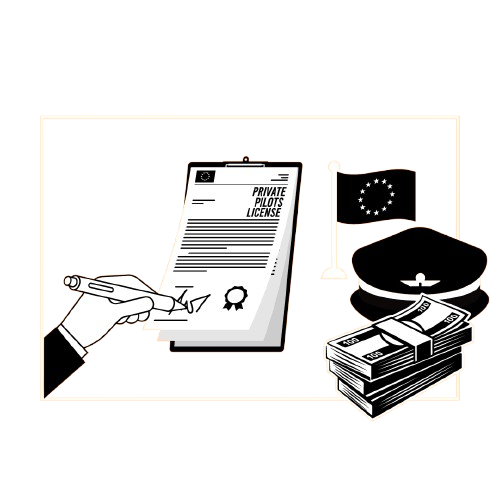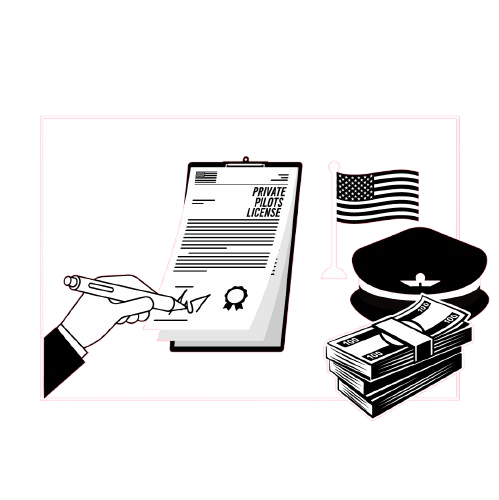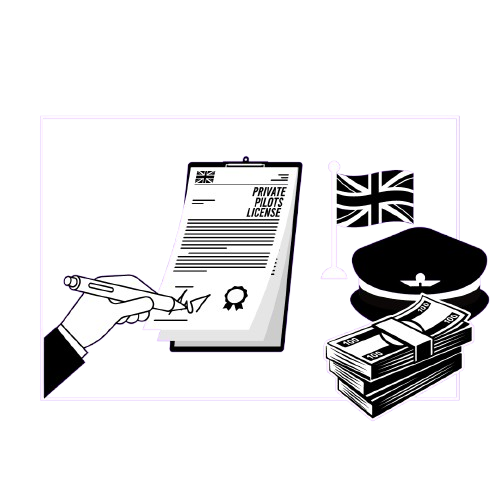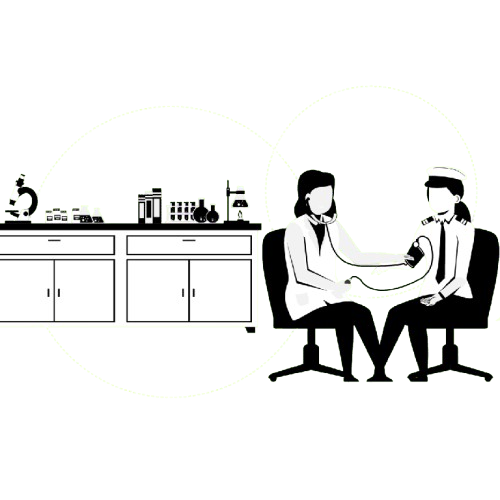What Is A Commercial Pilot? Airline Pilot Explains
This is a question that I hear rather often. And in this blog post, I will answer the question of ‘what is a commercial pilot?’ and explain exactly what a commercial airline pilot does for a living.
What Is A Commercial Pilot?
A Commercial Pilot is any pilot that makes money from flying. This usually involves transporting passengers or freight but can involve other activities.
Commercial pilots are usually required to transport cargo or fare-paying passengers safely from point A to point B. Pilots will be required to fly the aircraft safely, ensure flight plans are safe and up to date, avoid any unfavourable weather conditions and overall ensure a safe flight is operated.
What Is The Difference Between An Airline Pilot And A Commercial Pilot?
A Commercial Pilot with a Commercial Pilots Licence (CPL) can only fly up to 9 passengers.
However, pilots with a CPL might earn money from other paid flying, such as crop dusting or air shows. A CPL is required to earn money as a pilot.
A Commercial Airline Pilot with an Airline Transport Pilots Licence (ATPL) can fly for major airlines and carry hundreds of passengers. This licence involves more training, flight hours and experience.
Commercial Airline pilots with an ATPL typically fly for commercial airlines, such as KLM or easyJet in Europe or United Airlines or Emirates Airlines in the rest of the world.
What Licence Do Commercial Pilots Need?
We have two different categories of licences available for an airline pilot. The pilot’s licence will dictate what type of pilot they can operate as – a commercial pilot or an airline pilot. These are:
-
A Commercial Pilots License (CPL)
-
An Airline Transport Pilots License (ATPL) – is sometimes known as a Transport Pilot Atp Certificate.
What Is A Commercial Pilots Licence (CPL)?
As the name suggests, a commercial pilot’s licence (CPL) is required for a pilot to earn money commercially from their flying. However, whilst operating under a CPL, a pilot can only fly as a pilot in command of a commercial flight with a maximum of 9 passengers.
Because pilots can earn money on a CPL, it also gives pilots a chance to carry out other paid duties, such as crop dusting, certified flight testing of aircraft and charter flights.
This CPL is a step from a Private Pilots License (PPL). This PPL allows pilots to act as pilots in command of a light aircraft, but they are not allowed to make any money from this license. You can find out how much it costs to achieve your PPL here.
You can get your PPL licence, or your student pilot certificate, at 17 years old, but you need to be 18 years old to obtain a CPL.
What Is An Airline Transport Pilots Licence (ATPL)?
The ATPL licence is required to fly more than 9 passengers, so it’s required to fly for large airlines.
You will also need an Instrument Rating and more flight time to achieve this ATPL. This involves more flight training and, therefore, a greater cost. You can find the cost of becoming an airline pilot here.
Specialised flight schools will take someone from 0 flight hours to an ATPL licence, the licence required to fly for an airline, within 18-24 months. Find the best flight training school.
The ATPL licence is the highest licence that a pilot can achieve. With this licence, a pilot will also require a Type Rating to fly an aircraft for an airline, such as an Airbus or Boeing.
This Type Rating is a special licence to fly one type of aircraft. For example, I am Type Rated on the Airbus A320 family, so I could not fly a Boeing 747 (Jumbo Jet) as this would require a new Type Rating.
To Summarise – What Is A Commercial Pilot?
A Commercial Pilot is a pilot that can earn money from flying and requires a CPL licence. These pilots can fly a maximum of 9 passengers.
However, an Airline Pilot holds an ATPL and can transport hundreds of passengers as part of their job working for an airline.







